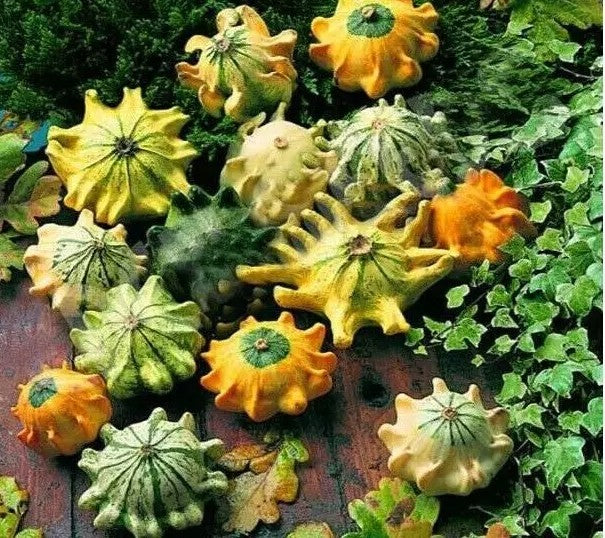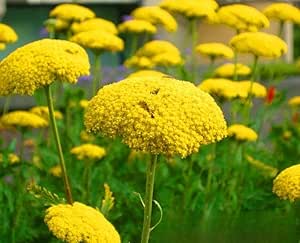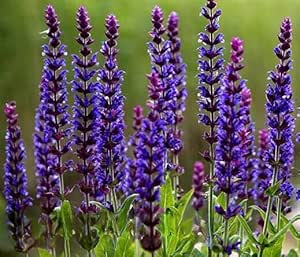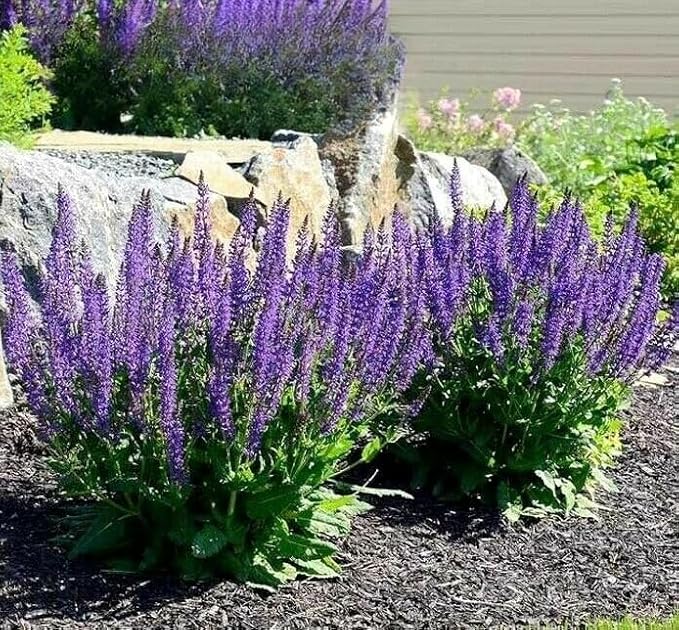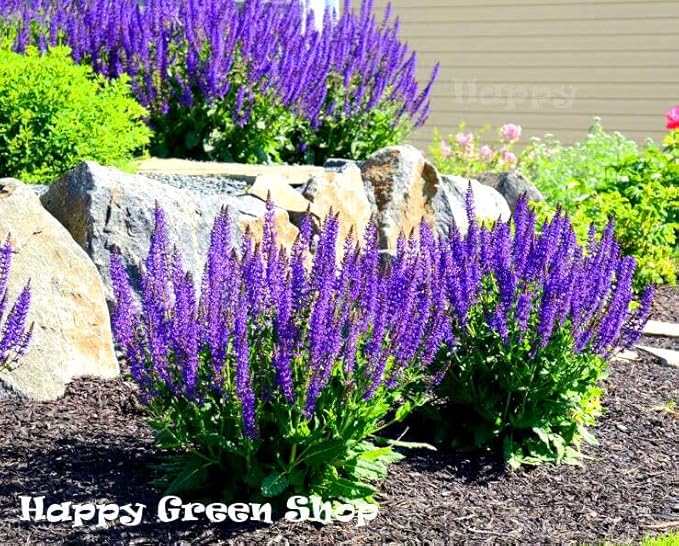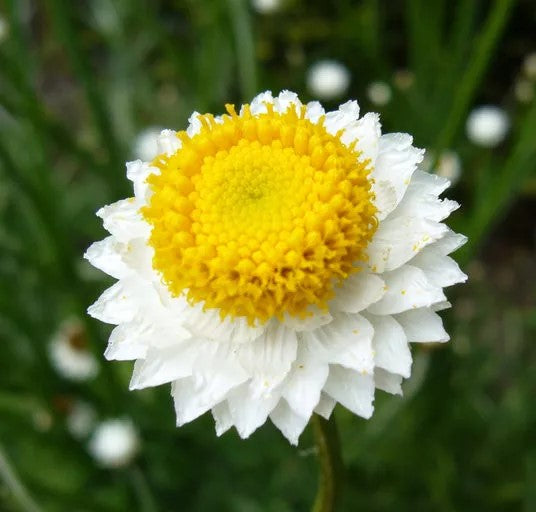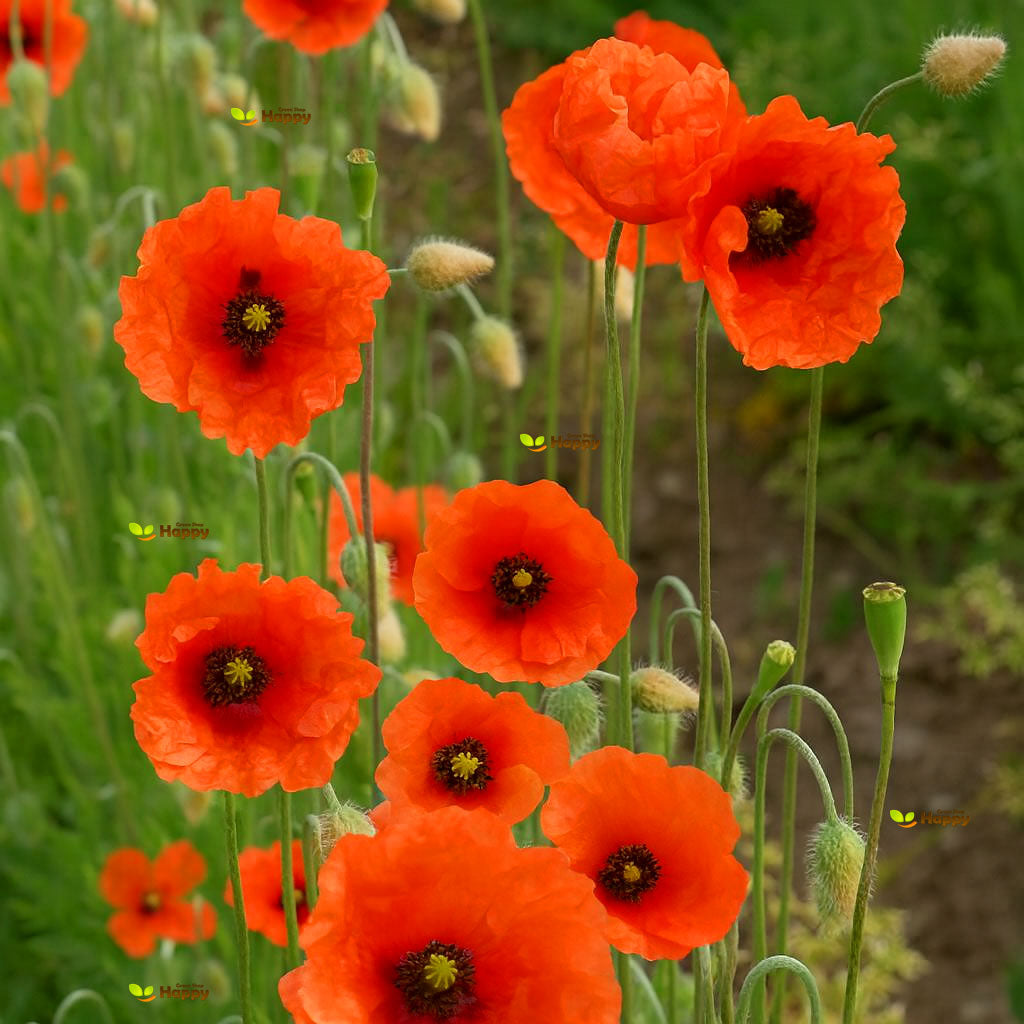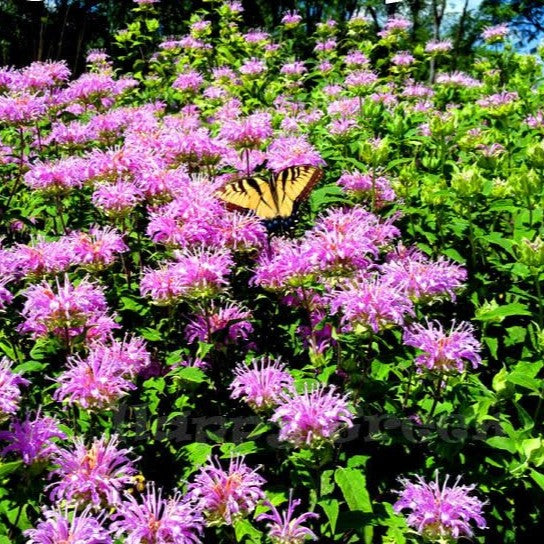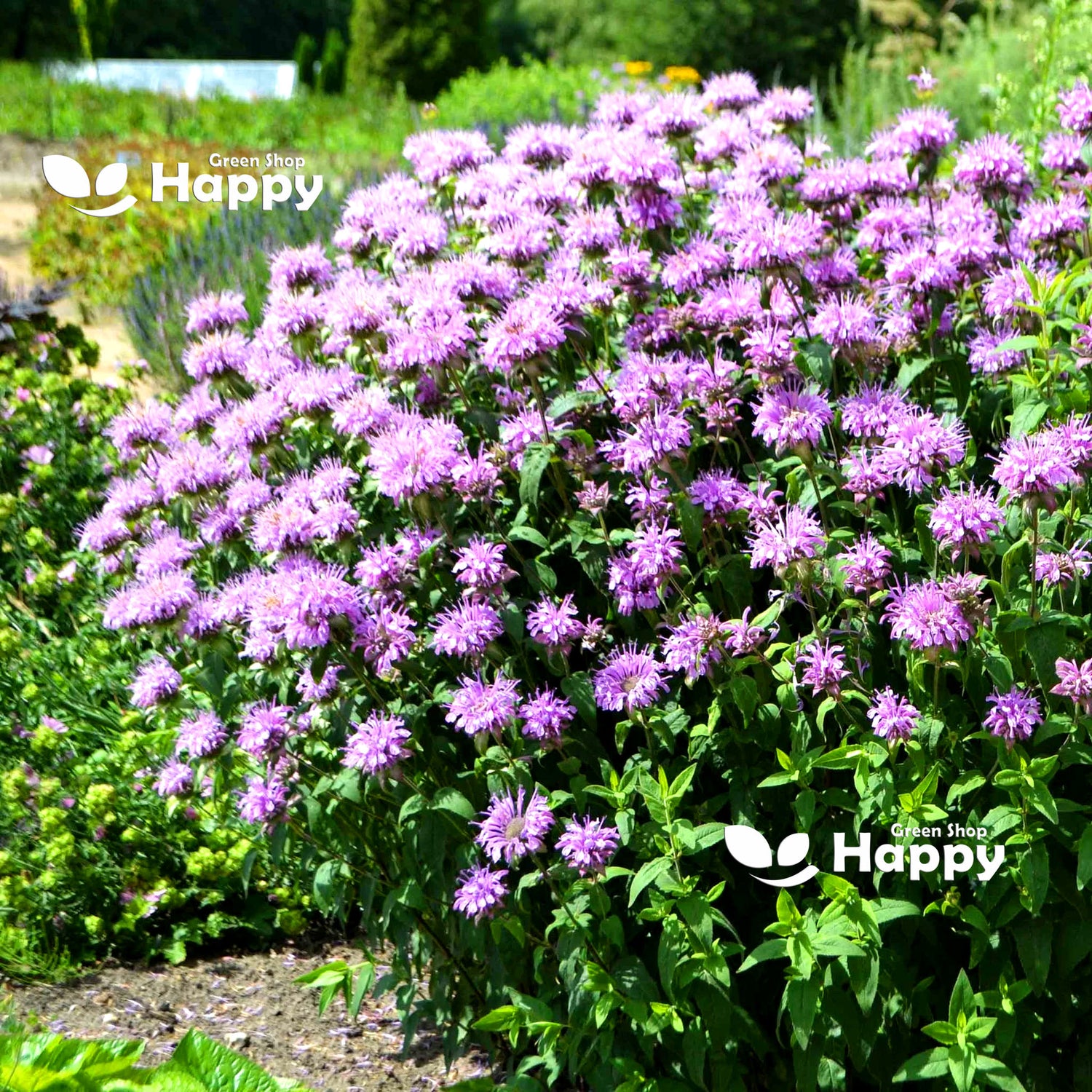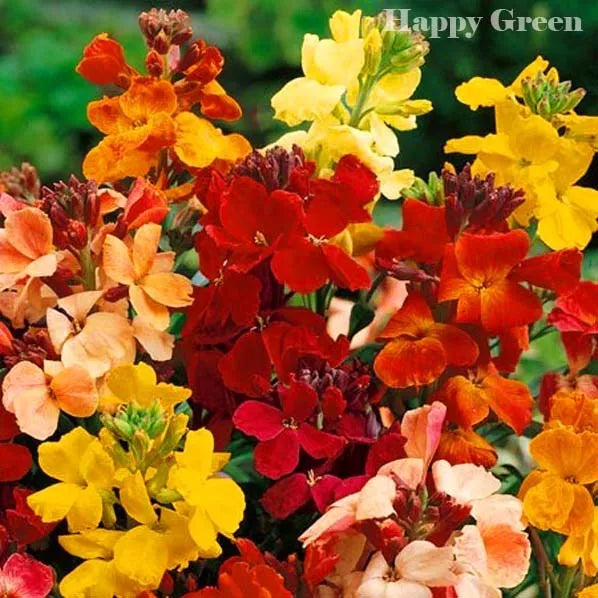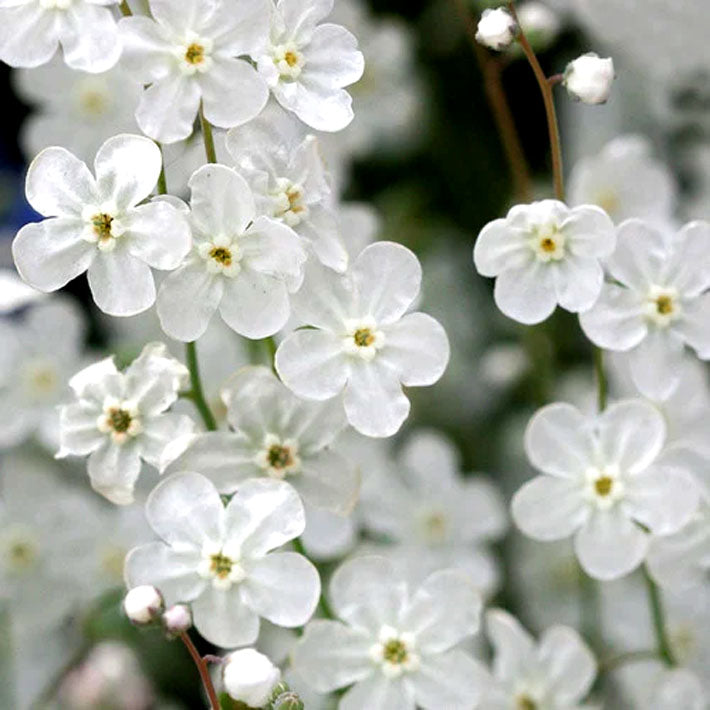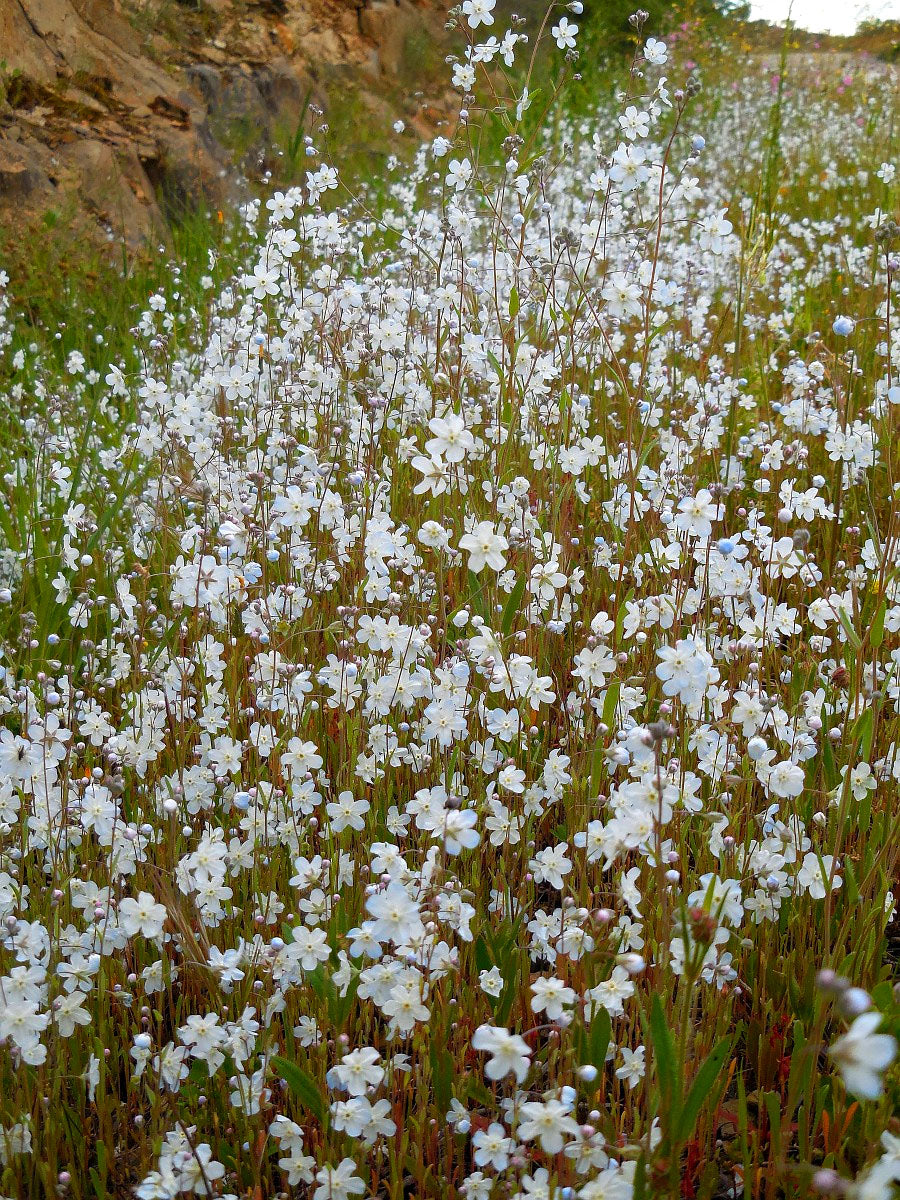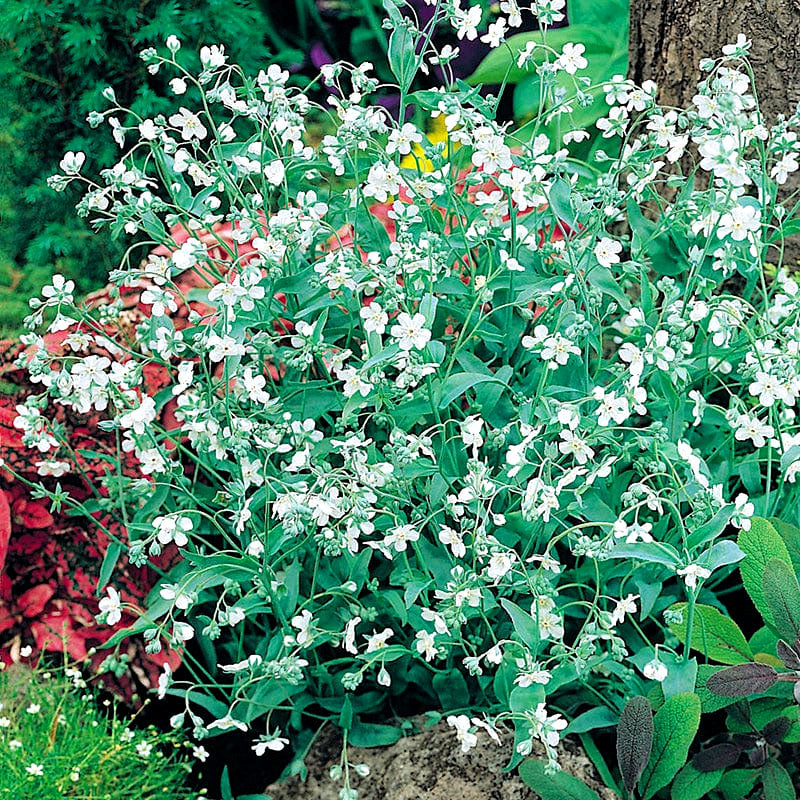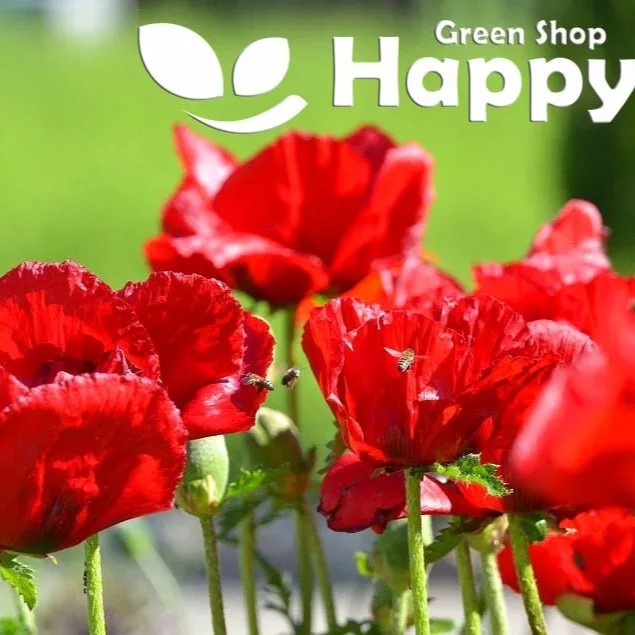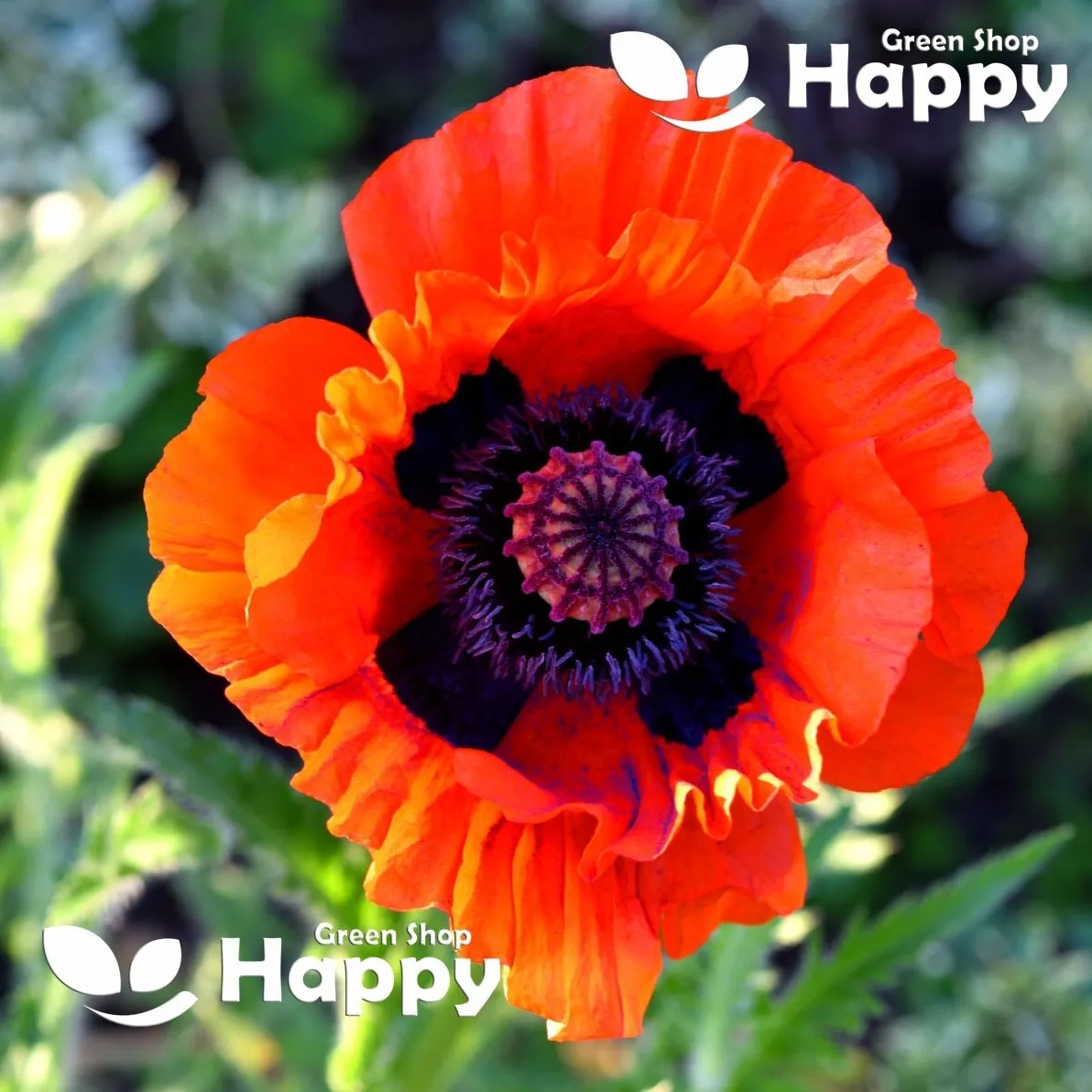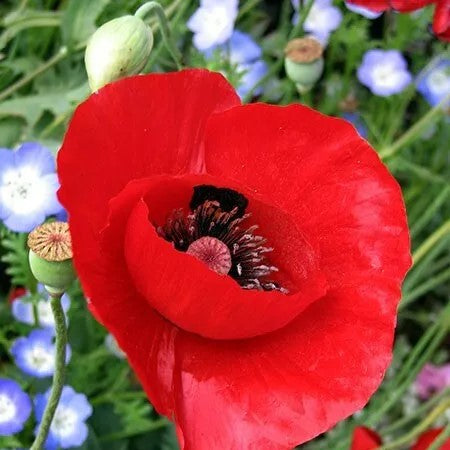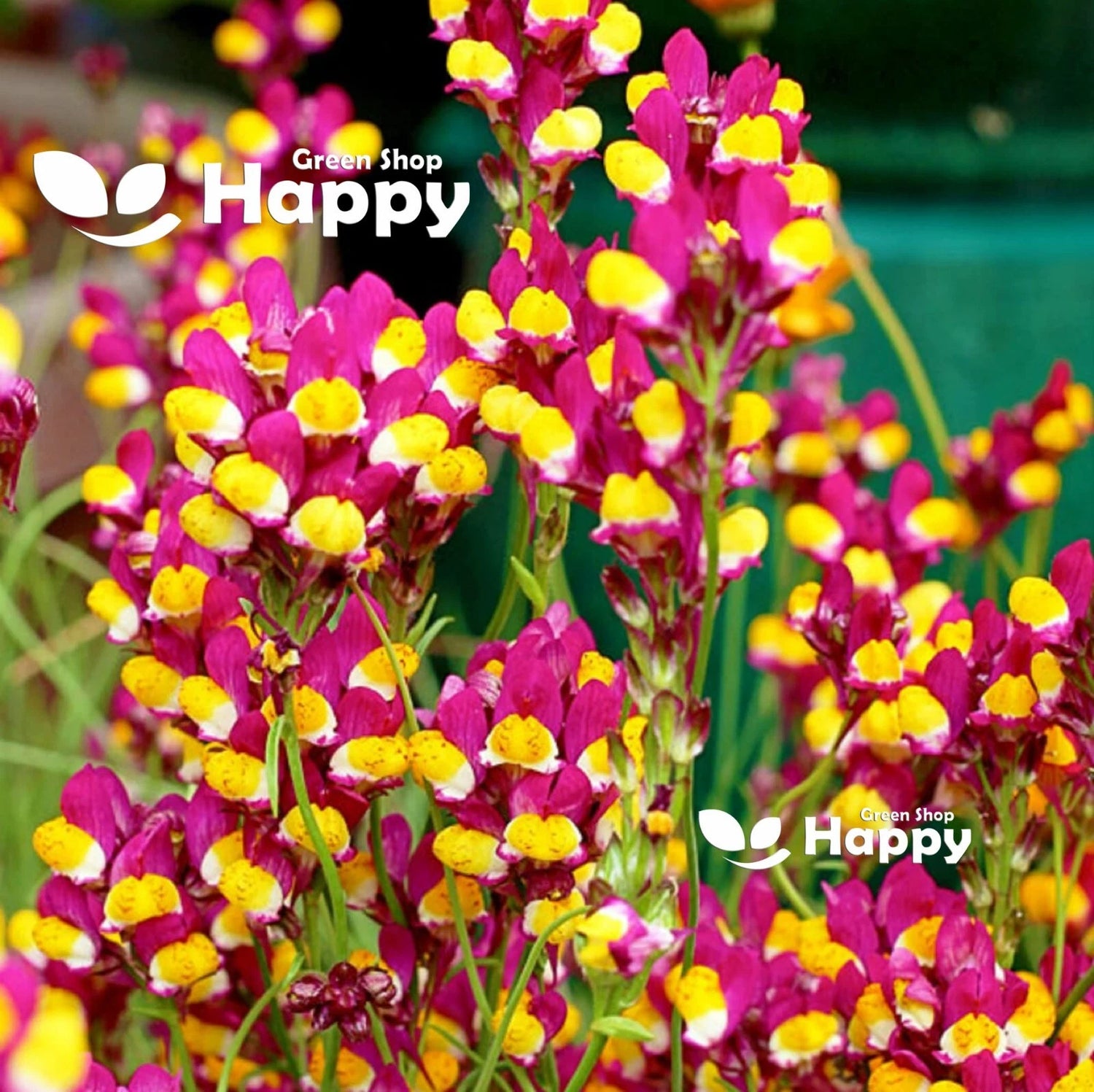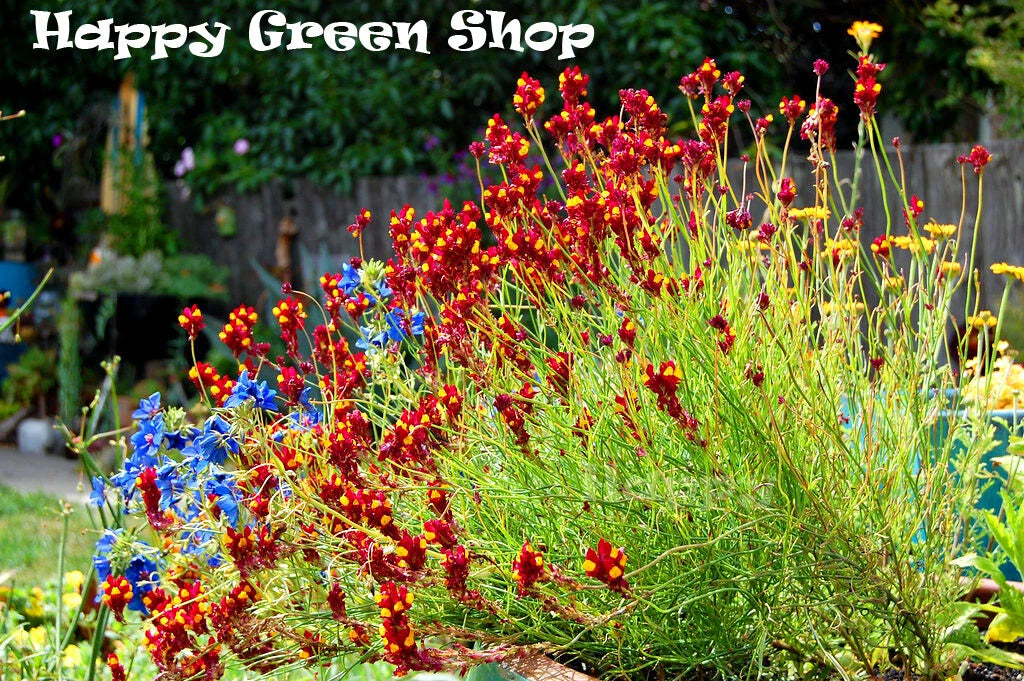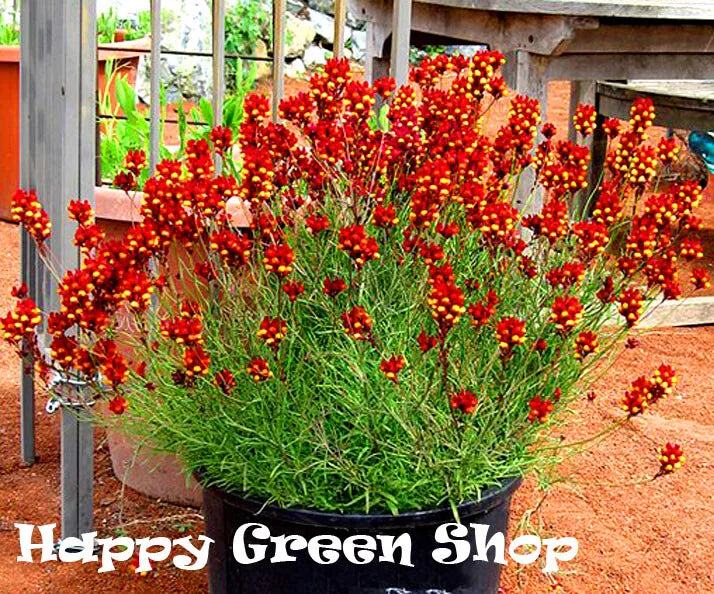Sort by:
351 products
351 products
Yarrow ‘Cloth of Gold’ Seeds (Achillea filipendulina)
A striking perennial, Yarrow ‘Cloth of Gold’ produces large, flat-topped clusters of bright golden-yellow flowers on tall, sturdy stems. Hardy and long-flowering, it’s perfect for borders, cottage gardens, and pollinator-friendly landscapes, adding dramatic color and attracting bees and butterflies throughout summer.
What Makes It Special
-
Bold, golden-yellow blooms with strong garden presence
-
Hardy, long-lasting perennial ideal for dramatic displays
-
Attracts pollinators, enhancing wildlife-friendly gardens
Key Features
-
Botanical name: Achillea filipendulina
-
Hardy perennial
-
Height: 90–120 cm (3–4 ft)
-
Bloom time: Summer
Ideal For
-
Borders, cottage gardens, and mixed perennial beds
-
Pollinator-friendly and wildlife gardens
-
Adding vertical interest and bold color
Sowing
-
Sow indoors Feb–Apr or outdoors Mar–May
-
Cover lightly with soil and keep moist
-
Germination: 14–21 days at 15–20°C
-
Thin seedlings 30–40 cm apart
-
Flowers the first or second season after sowing
Woodland Sage Seeds (Salvia nemorosa)
Woodland Sage is a hardy perennial prized for its upright spires of violet-blue flowers that bloom from early summer into autumn. With aromatic foliage and a long flowering season, it’s a pollinator magnet, attracting bees and butterflies all season long. Easy to grow and drought-tolerant once established, it’s a reliable choice for borders, cottage gardens, and naturalistic plantings.
What Makes It Special
-
Striking violet-blue flower spikes that bloom for months
-
Attracts bees, butterflies, and pollinators
-
Low-maintenance, hardy, and drought-tolerant
Key Features
-
Botanical name: Salvia nemorosa
-
Hardy perennial
-
Height: 40–60 cm (16–24 in)
-
Bloom time: Early summer to autumn
-
Aromatic foliage
Ideal For
-
Borders and cottage gardens
-
Pollinator-friendly plantings
-
Naturalistic and dry gardens
Sowing
-
Sow indoors Feb–Apr or outdoors Apr–Jun
-
Press seeds lightly into soil; do not cover deeply
-
Germination: 14–21 days at 18–22°C
-
Space plants 30–40 cm apart
-
Flowers from the second year onward
Winged Everlasting Flower Seeds (Ammobium alatum)
The Winged Everlasting Flower is a charming and unusual annual valued for its tiny, papery white flowers with golden-yellow centers that resemble miniature daisies. Its distinctive winged stems give it an architectural quality, making it a striking garden plant as well as a top choice for dried flower arrangements. Long-flowering and low-maintenance, it’s perfect for cutting gardens, borders, and cottage-style plantings.
What Makes It Special
-
Produces masses of long-lasting papery blooms
-
Unusual winged stems add ornamental interest
-
Excellent for fresh or dried cut flowers
-
Hardy, easy to grow, and tolerant of poor soils
Key Features
-
Botanical name: Ammobium alatum
-
Common name: Winged Everlasting Flower
-
Seed count: Approx. seeds per pack
-
Height/Spread: 50–70 cm tall, 20–30 cm wide
-
Position: Full sun; well-drained soil
-
Flowering period: June–September
Ideal For
-
Cut flower gardens (fresh and dried use)
-
Borders and cottage gardens
-
Low-maintenance summer displays
-
Wildlife-friendly gardens (attracts pollinators)
Sowing Instructions
-
When to sow: March–May indoors or directly outdoors after frost
-
How to sow:
-
Sow thinly in trays or directly in soil
-
Cover seeds lightly with fine soil or vermiculite
-
Germination: 14–21 days at 18–22°C
-
-
Transplanting: Harden off and plant 25–30 cm apart when seedlings are strong enough
-
Care: Deadhead regularly to prolong blooms; cut for drying just before flowers are fully open
Wild Poppy ‘Blindeyes’ Seeds (Papaver dobium)
Bring natural charm and bold color to your garden with Wild Poppy ‘Blindeyes’ (Papaver dobium). This hardy annual produces vibrant, single red blooms with dark centers, perfect for borders, wildflower meadows, and cutting gardens. Easy to grow and long-flowering, it attracts pollinators and adds a striking, naturalized look to any garden space.
How to Grow
-
Sow seeds directly outdoors in early spring or autumn.
-
Use well-drained soil in full sun.
-
Scatter seeds thinly and press lightly onto the soil; do not cover deeply.
-
Keep soil moist until germination (10–20 days).
-
Thin seedlings to 20–25 cm apart once established.
-
Deadhead spent flowers to encourage continuous blooming.
Key Features
-
Vibrant red single blooms with dark centers
-
Hardy annual, easy to grow and long-flowering
-
Ideal for borders, meadows, and cutting gardens
-
Attracts bees, butterflies, and other pollinators
-
Naturalized and cottage garden appeal
Ideal For
-
Flower borders and cottage gardens
-
Wildflower meadows and naturalized plantings
-
Cutting gardens for fresh bouquets
-
Pollinator-friendly landscapes
Sowing
-
Best time: Early spring or autumn directly outdoors
-
Germination: 10–20 days
-
Sow thinly, press lightly, do not cover deeply
-
Prefers full sun and well-drained soil
Quick Tip
-
For a continuous display, sow in drifts or clusters and remove spent blooms regularly.
Wild Bergamot – 1,300 Seeds (Monarda fistulosa)
Wild Bergamot (Monarda fistulosa) is a hardy perennial known for its fragrant lavender-pink blooms and aromatic foliage. A favorite of pollinators, it attracts bees, butterflies, and hummingbirds, making it perfect for pollinator gardens, borders, and wildflower meadows. Easy to grow and low-maintenance, it provides long-lasting color and texture from mid-summer to early autumn.
Why Grow "Wild Bergamot"
-
Fragrant lavender-pink blooms
-
Aromatic foliage with medicinal and culinary uses
-
Attracts bees, butterflies, and hummingbirds
-
Hardy and low-maintenance perennial
Key Features
-
Type: Perennial (Monarda fistulosa)
-
Height: 60–90 cm
-
Flowering: July–September
-
Position: Full sun to partial shade
-
Uses: Pollinator gardens, borders, wildflower meadows, cottage gardens
Ideal For
-
Pollinator-friendly gardens
-
Cottage-style or naturalized borders
-
Wildflower meadows
-
Herbal and sensory gardens
Sowing & Growing
-
Sow indoors: February–April in trays
-
Sow outdoors: April–May directly in prepared soil
-
Germination: 10–20 days at 18–22°C
-
Thin seedlings to 30–40 cm apart
-
Prefers well-drained soil and full sun
-
Deadhead to encourage prolonged flowering
Wallflower 'Fair Lady' Mix Seeds (Cheiranthus cheiri)
Wallflowers 'Fair Lady' are fragrant biennial flowers producing bright, cheerful blooms in a variety of colors. Their compact, bushy growth makes them ideal for borders, rock gardens, and cottage-style plantings, while their long-lasting, sweet-scented flowers are perfect for cut flowers. This mix brings vivid color and charm to any garden.
What Makes It Special
-
Produces bright, fragrant blooms in multiple colors
-
Compact, bushy growth suitable for borders and containers
-
Excellent for cut flowers with long vase life
-
Attracts pollinators to the garden
Key Features
-
Botanical name: Cheiranthus cheiri
-
Common name: Wallflower 'Fair Lady'
-
Seed count: Approx. seeds per pack
-
Height/Spread: 30–45 cm tall, 25–35 cm spread
-
Position: Full sun to partial shade, well-drained soil
-
Flowering period: Second year (biennial), spring to early summer
-
Lifespan: Biennial
Ideal For
-
Borders, cottage gardens, and rock gardens
-
Cut flower arrangements
-
Pollinator-friendly plantings
-
Mixed flower beds
Sowing Instructions
-
When to sow:
-
Indoors: February–March for transplanting
-
Outdoors: April–May in well-prepared soil
-
-
How to sow:
-
Sow thinly on the surface and press lightly into soil
-
Keep soil moist until germination (10–20 days)
-
-
Transplant/Thin: Space seedlings 25–30 cm apart
-
Care: Protect young plants from frost; stake if needed
Venus’s Navelwort Seeds (Omphalodes linifolia)
Add charming groundcover to shaded areas with Venus’s Navelwort (Omphalodes linifolia). This perennial produces delicate, star-shaped blue flowers above lush green foliage, forming a carpet of color in spring and early summer. Hardy and easy to grow, it’s perfect for woodland gardens, borders, and shady rock gardens, attracting pollinators and adding a soft, natural touch.
How to Grow
-
Sow seeds indoors in late winter or outdoors in early spring.
-
Use well-drained, humus-rich soil in partial to full shade.
-
Scatter seeds thinly on the soil surface and press lightly; do not cover.
-
Keep soil consistently moist until germination (14–28 days).
-
Thin seedlings to 20–25 cm apart once established.
-
Mulch around plants to retain moisture and encourage healthy growth.
Key Features
-
Delicate star-shaped blue flowers over lush green foliage
-
Hardy perennial, forming a dense groundcover
-
Ideal for shaded borders, woodland gardens, and rock gardens
-
Attracts pollinators including bees and butterflies
-
Low-maintenance and long-lasting
Ideal For
-
Shaded garden beds and borders
-
Woodland and cottage-style gardens
-
Rock gardens and naturalized plantings
-
Pollinator-friendly landscapes
Sowing
-
Best time: Late winter indoors or early spring outdoors
-
Germination: 14–28 days
-
Sow thinly, press lightly, do not cover
-
Prefers partial to full shade and well-drained, humus-rich soil
Quick Tip
-
Provide consistent moisture and partial shade for best flowering and lush foliage.
Tulip Poppy Seeds (Papaver glaucum)
The Tulip Poppy (Papaver glaucum) is a striking annual with vibrant, cup-shaped flowers reminiscent of tulips. Available in shades of red, pink, and cream, these cheerful blooms bring a bold splash of color to borders, cottage gardens, and wildflower mixes. Ideal for naturalizing, cut flowers, or adding a classic poppy charm to your garden.
Why Grow Tulip Poppy
-
Unique tulip-shaped poppy blooms in vivid colors
-
Easy-to-grow, hardy annual
-
Great for borders, meadows, and cut flowers
Key Features
-
Botanical name: Papaver glaucum
-
Type: Hardy annual
-
Height: 40–60 cm
-
Spread: 20–30 cm
-
Flowering: Late spring–summer
-
Position: Full sun
-
Uses: Borders, cottage gardens, wildflower meadows, cut flowers
Sowing & Growing
-
Sow outdoors: March–May or September–October
-
Germination: 14–21 days at 15–20°C
-
Thin seedlings to 20–25 cm apart
-
Prefers full sun and well-drained soil
-
Deadhead for prolonged flowering or leave to self-seed
Toadflax - Baby Snapdragon 'Spanish Dancer' - 10 000 seeds (Linaria reticulata cordoba)
£1.15
Unit price perToadflax - Baby Snapdragon 'Spanish Dancer' - 10 000 seeds (Linaria reticulata cordoba)
£1.15
Unit price perToadflax ‘Spanish Dancer’ – Seeds
(Linaria reticulata ‘Cordoba’)
Toadflax ‘Spanish Dancer’ is a charming annual known for its delicate, snapdragon-like flowers in soft shades of pink and lavender. Compact and bushy, it creates a carpet of colorful blooms ideal for borders, rockeries, and containers. Long-flowering and low-maintenance, it’s perfect for adding a graceful, cottage-garden touch.
Why Grow Toadflax ‘Spanish Dancer’?
-
Delicate snapdragon-like blooms in pink and lavender
-
Compact, bushy, and long-flowering annual
-
Excellent for borders, rockeries, and containers
-
Attracts bees and butterflies
Key Features
-
Type: Annual
-
Height: 20–30 cm
-
Flowers: Late spring to summer
-
Position: Full sun
-
Soil: Well-drained, moderately fertile
Ideal For
-
Cottage garden borders and beds
-
Rockeries and containers
-
Pollinator-friendly gardens
-
Low-maintenance ornamental planting
Sowing & Growing
-
Sow indoors: February–April in seed trays
-
Sow outdoors: April–May directly in prepared soil
-
Germination: 10–21 days at 15–20°C
-
Thin seedlings to 15–20 cm apart
-
Care: Water moderately and deadhead to prolong flowering
Showing 18/351



